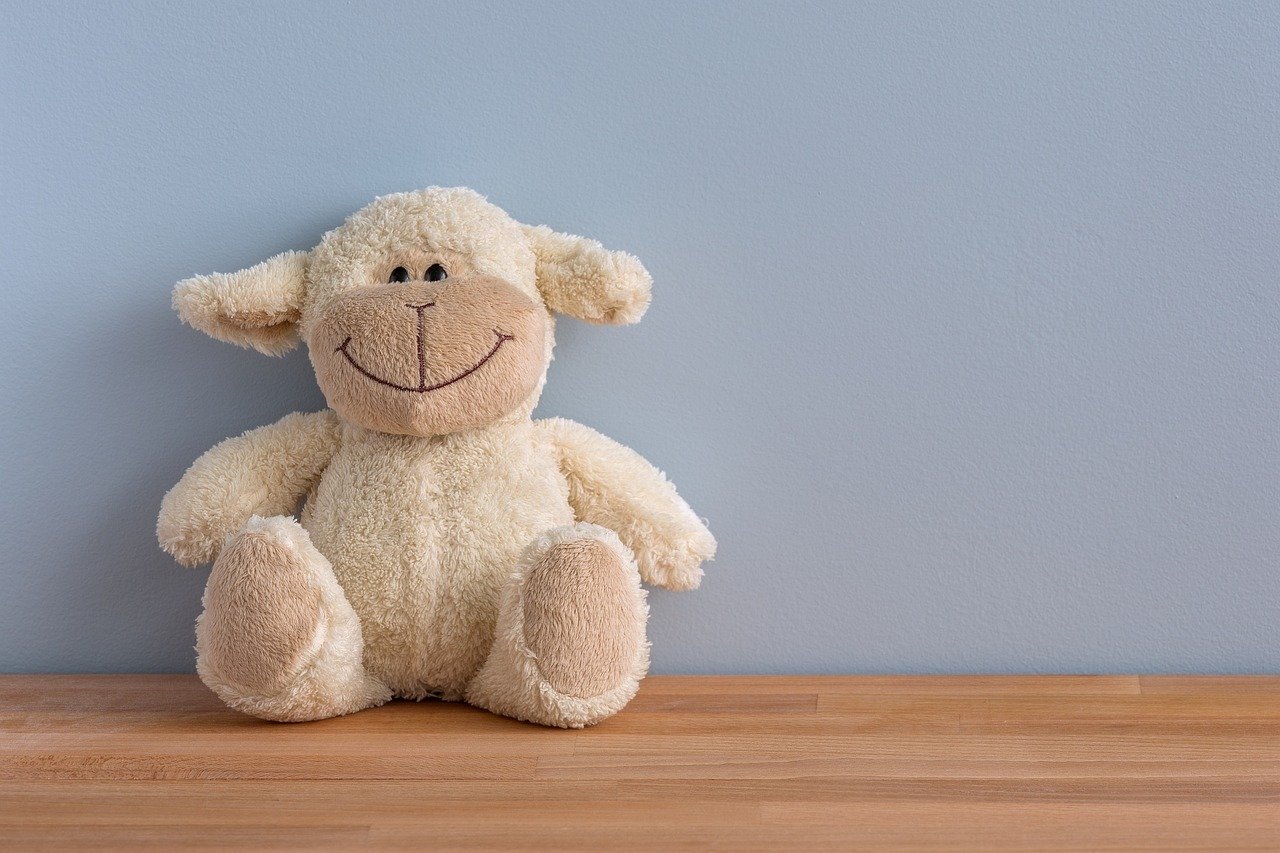Living and Nonliving Things

Living Things
: Living things are things that are alive and can grow, move, and reproduce. They have certain characteristics that make them different from nonliving things, such as the ability to breathe, eat, and respond to their environment. All living things need food, water, and air to survive. Examples of living things include plants, animals, and people.Plants: Plants are living things that make their own food through a process called photosynthesis. They need sunlight, water, and nutrients from the soil to grow. Some examples of plants include trees, flowers, and grass.
Animals: Animals are living things that can move around and eat other living things or plants for food. They have different body parts and adaptations that help them survive in their environments. Some examples of animals include dogs, cats, birds, and fish.

Nonliving Things
: Nonliving things are things that are not alive and do not grow, move, or reproduce. They can be natural, like rocks and water, or man-made, like buildings and toys. Nonliving things do not have the characteristics that living things have, such as the ability to breathe, eat, or respond to their environment. Examples of nonliving things include rocks, water, toys, and books.In summary, living things are things that are alive and have certain characteristics, while nonliving things are not alive and do not have these characteristics. Plants and animals are examples of living things, while rocks, water, and toys are examples of nonliving things.
Leave a Comment